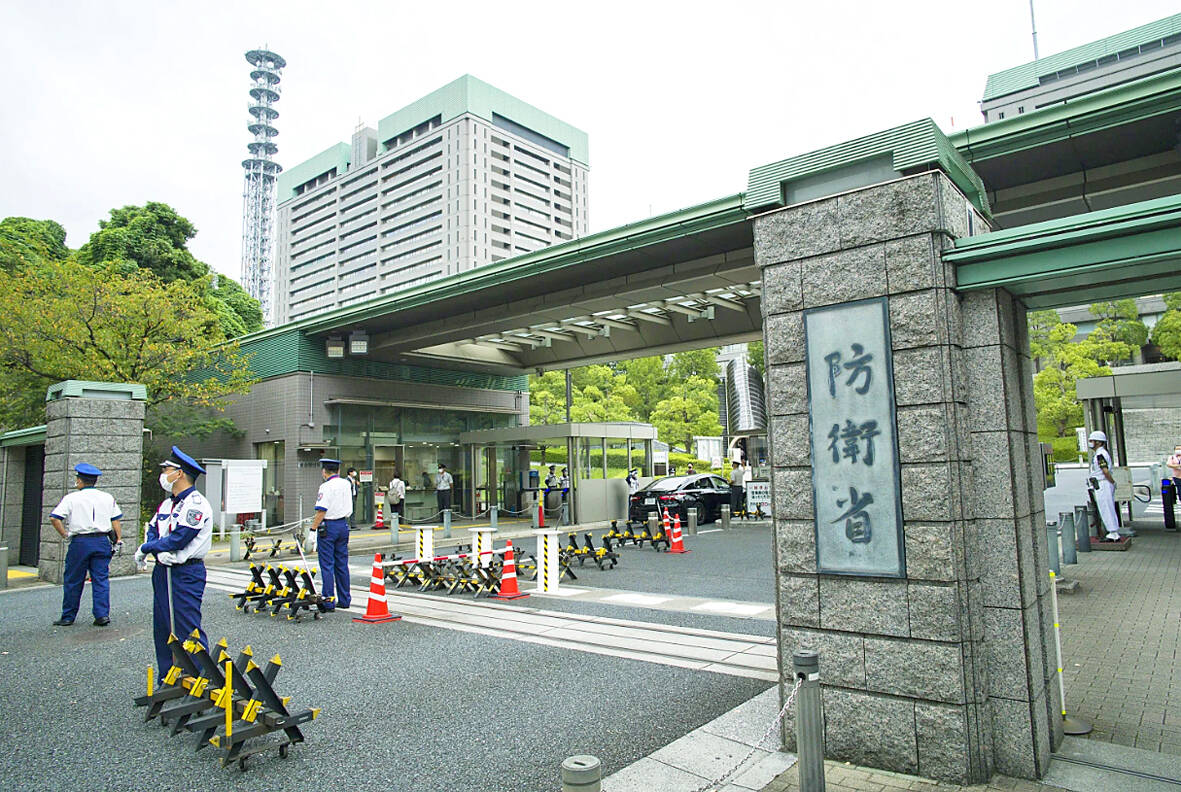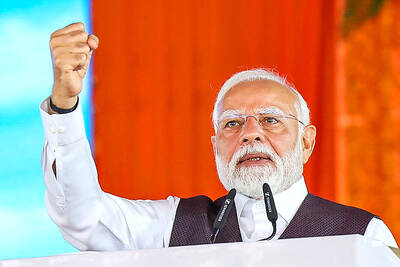The Japanese Ministry of Defense is requesting a nearly 12 percent budget increase that includes two warships with advanced radar and long-range cruise missiles as it further fortifies the nation’s military in the face of North Korean threats and Chinese military advancement.
The record ¥7.7 trillion (US$52.8 billion) request for the 2024 fiscal year marks the second year of a rapid five-year military buildup under a new security strategy Japanese Prime Minister Fumio Kishida’s government adopted in December last year. It focuses on reinforcing strike capability in a break from Japan’s post-war principle of having a military only for self-defense.
Under the five-year plan, Japan plans to spend ¥43 trillion through 2027 to nearly double its annual spending to about ¥10 trillion, making it the world’s third-biggest spender after the US and China. How to finance and justify the growing military spending is uncertain in a country with steeply declining births and increasing costs of caring for its aged population.

Photo: AP
The budget request was approved at the defense ministry’s meeting yesterday and submitted to the Ministry of Finance for negotiations.
The request includes a hefty ¥490 billion to start building two Aegis-radar equipped warships that would be deployed in 2027 and 2028, as well as for training, testing and other costs related to the ships.
The warships, each carrying 240 crew members, would be designed to fire long-range cruise missiles, including US-made Tomahawks and a modified version of the domestically made Type-12 surface-to-ship missile, planned for deployment in 2032 to serve as something of a floating missile base.
The warships would have SPY-7 radar that could locate harder-to-detect missile launches, including those on a high-arch trajectory. North Korea has often test-fired missiles at a high angle to avoid neighboring countries. Japan earlier had ordered the SPY-7 for land use, but was forced to scrap the plan due to safety concerns in the regions that would host them.
Japan is spending ¥321 billion this year to buy 400 Tomahawks for deployment in 2026-2027 and is retrofitting existing destroyers to carry them.
In the 2024 budget request, the defense ministry is seeking ¥755 billion to develop and acquire “standoff” capability to strike distant targets, especially for the defense of Japan’s southwestern islands, the area feared to become the front line in case of a Taiwan emergency. The ministry requested about ¥80 billion for the development and production of hypersonic guided missiles.
For overall missile defense, the ministry is requesting ¥1.27 trillion for spending that includes the Aegis-equipped warships. The ministry is also seeking ¥75 billion for joint development of glide-phase interceptors with the US to be deployed around 2030 to counter hypersonic missiles being developed by China, North Korea and Russia.
The Japanese government is preparing to ease its arms transfer policy, which currently bans export of lethal weapons, to allow some of them. Due to the need for developing and producing defense equipment at home, the ministry is seeking to strengthen Japan’s feeble defense industry and is adding 540 new staff for equipment development.
The government also hopes the ongoing joint development of the Mitsubishi Heavy Industry next-generation fighter jet with the UK and Italy, for which the ministry is requesting ¥72 billion, would help the Japanese defense industry’s growth.
To step up Japan’s rapid deployment and transportation capability in the southwestern region, the ministry plans to establish a new sea transport unit combining ground, maritime and air forces and to be based in Kure, in Yamaguchi Prefecture, in 2025 and purchase three transport ships and a fleet of 17 Boeing Chinooks.

Swedish campaigner Greta Thunberg was deported from Israel yesterday, the Israeli Ministry of Foreign Affairs said, the day after the Israeli navy prevented her and a group of fellow pro-Palestinian activists from sailing to Gaza. Thunberg, 22, was put on a flight to France, the ministry said, adding that she would travel on to Sweden from there. Three other people who had been aboard the charity vessel also agreed to immediate repatriation. Eight other crew members are contesting their deportation order, Israeli rights group Adalah, which advised them, said in a statement. They are being held at a detention center ahead of a

A Chinese scientist was arrested while arriving in the US at Detroit airport, the second case in days involving the alleged smuggling of biological material, authorities said on Monday. The scientist is accused of shipping biological material months ago to staff at a laboratory at the University of Michigan. The FBI, in a court filing, described it as material related to certain worms and requires a government permit. “The guidelines for importing biological materials into the US for research purposes are stringent, but clear, and actions like this undermine the legitimate work of other visiting scholars,” said John Nowak, who leads field

NUCLEAR WARNING: Elites are carelessly fomenting fear and tensions between nuclear powers, perhaps because they have access to shelters, Tulsi Gabbard said After a trip to Hiroshima, US Director of National Intelligence Tulsi Gabbard on Tuesday warned that “warmongers” were pushing the world to the brink of nuclear war. Gabbard did not specify her concerns. Gabbard posted on social media a video of grisly footage from the world’s first nuclear attack and of her staring reflectively at the Hiroshima Peace Memorial. On Aug. 6, 1945, the US obliterated Hiroshima, killing 140,000 people in the explosion and by the end of the year from the uranium bomb’s effects. Three days later, a US plane dropped a plutonium bomb on Nagasaki, leaving abut 74,000 people dead by the

Indian Prime Minister Narendra Modi is to visit Canada next week, his first since relations plummeted after the assassination of a Canadian Sikh separatist in Vancouver, triggering diplomatic expulsions and hitting trade. Analysts hope it is a step toward repairing ties that soured in 2023, after then-Canadian prime minister Justin Trudeau pointed the finger at New Delhi’s involvement in murdering Hardeep Singh Nijjar, claims India furiously denied. An invitation extended by new Canadian Prime Minister Mark Carney to Modi to attend the G7 leaders summit in Canada offers a chance to “reset” relations, former Indian diplomat Harsh Vardhan Shringla said. “This is a